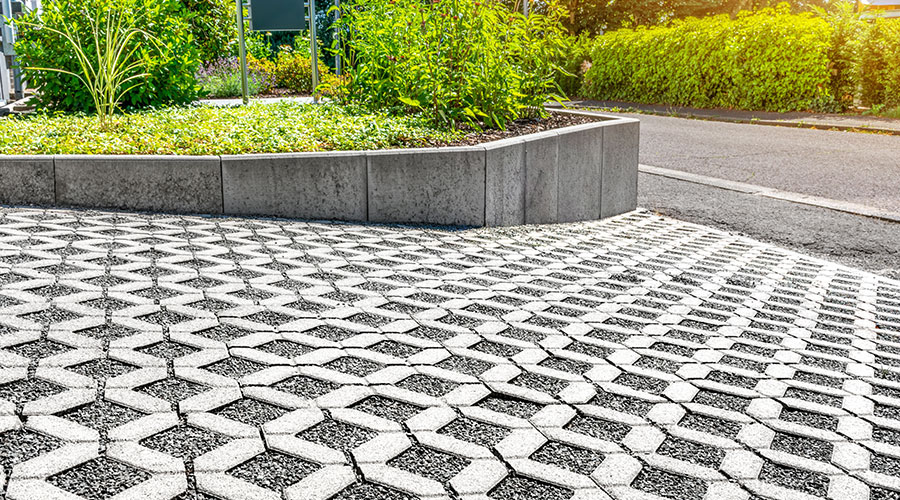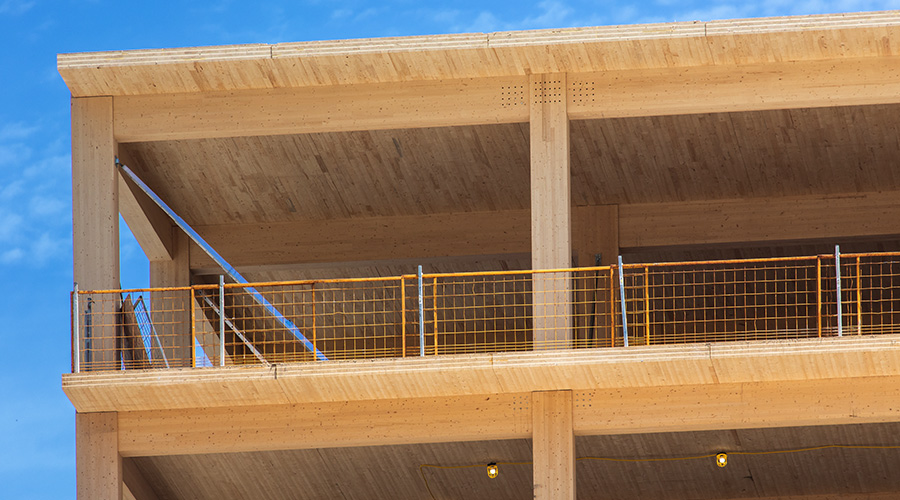NIST Report Analyzes Collapse of Dallas Cowboy’s Practice Facility
A fabric-covered, steel frame practice facility owned by the National Football League’s Dallas Cowboys collapsed under wind loads significantly less than those required under applicable design standards, according to a Commerce Department's National Institute of Standards and Technology (NIST) report released for public comment.
A fabric-covered, steel frame practice facility owned by the National Football League’s Dallas Cowboys collapsed under wind loads significantly less than those required under applicable design standards, according to a Commerce Department's National Institute of Standards and Technology (NIST)
report released for public comment.
Located in Irving, Texas, the facility collapsed on May 2, 2009, during a severe thunderstorm. Twelve people were injured, one seriously.
Based on the national standards for determining loads and for designing structural steel buildings, NIST researchers found that the May 2 wind load demands on the building’s framework—a series of identical, rib-like steel frames supporting a tensioned fabric covering—were greater than the capacity of the frame to resist those loads.
Maximum wind speed gusts at the time of collapse were estimated to be in the range of 55 to 65 miles per hour—well below the design wind speed of 90 miles per hour in the national standard for wind loads.
NIST researchers determined that the buckling of the inner chord of a frame in a section of the roof on the east side resulted in the formation of a kink in the frame. This lead to a progression of frame failures throughout the structure, ending in total structural collapse.
Design documents classified the building as "fully enclosed." However, NIST researchers classified the building as "partially enclosed" and included internal wind pressure due to the presence of vents and multiple doors in their wind load calculations.
NIST researchers also determined that the building’s fabric could not be relied upon to provide lateral bracing to the frames in contrast to what was stated in the design documents and that the expected wind resistance of the structure did not account for bending effects in some members of the frame.
NIST is recommending that fabric-covered steel frame structures be evaluated to ensure the adequate performance of the structural framing system under design wind loads.
The report recommends that such evaluations determine whether or not: (1) the fabric covering provides lateral bracing for structural frames considering its potential for tearing; (2) the building should be considered partially enclosed or fully enclosed based on the openings that may be present around the building’s perimeter; and (3) the failure of one or a few frame members may propagate, leading to a partial or total collapse of the structure.
Related Topics:











